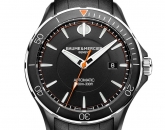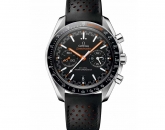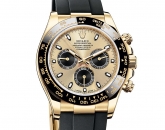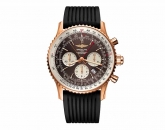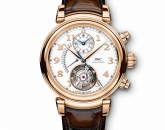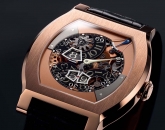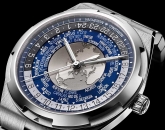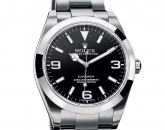Fashion Forward
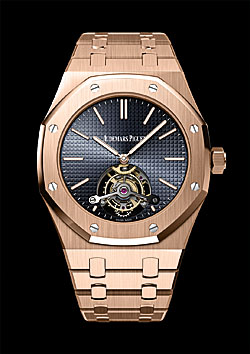 When it was officially introduced in 1972, the Royal Oak defied the norm. It was a luxury watch in steel, the most expensive steel watch ever produced at the time. It used unconventional materials. The design was dynamic, with a silhouette that allowed use in sports, work and leisure, a function that wasn't common at all then. It was a mechanical movement in a sea of quartz watches, plus at 39mm, when the average size of a men's watch was 30mm, it was massive. Perhaps not surprisingly, sales were slow at the beginning.
When it was officially introduced in 1972, the Royal Oak defied the norm. It was a luxury watch in steel, the most expensive steel watch ever produced at the time. It used unconventional materials. The design was dynamic, with a silhouette that allowed use in sports, work and leisure, a function that wasn't common at all then. It was a mechanical movement in a sea of quartz watches, plus at 39mm, when the average size of a men's watch was 30mm, it was massive. Perhaps not surprisingly, sales were slow at the beginning.
That is until Fiat president and men's fashion icon Gianni Agnelli was seen wearing one. The man's sense of style was well known. In fact, Esquire magazine named him one of the five best-dressed men in history. It was his accessories and the way he wore them that made him stand out, the most significant being that he wore his watch over his cuff. And one of those watches was a Royal Oak.
It took a few more years before the design caught on fully. By then quartz watches were a significant part of Audemars Piguet's business, representing more than 40 per cent of production. Jacqueline Dimier took over design in 1975, where she developed a ladies' Royal Oak and a rectangular quartz model to keep up with the times. However the mechanical octagonal shape was the one that would have staying power.
Pages
Click here to see the published article.


